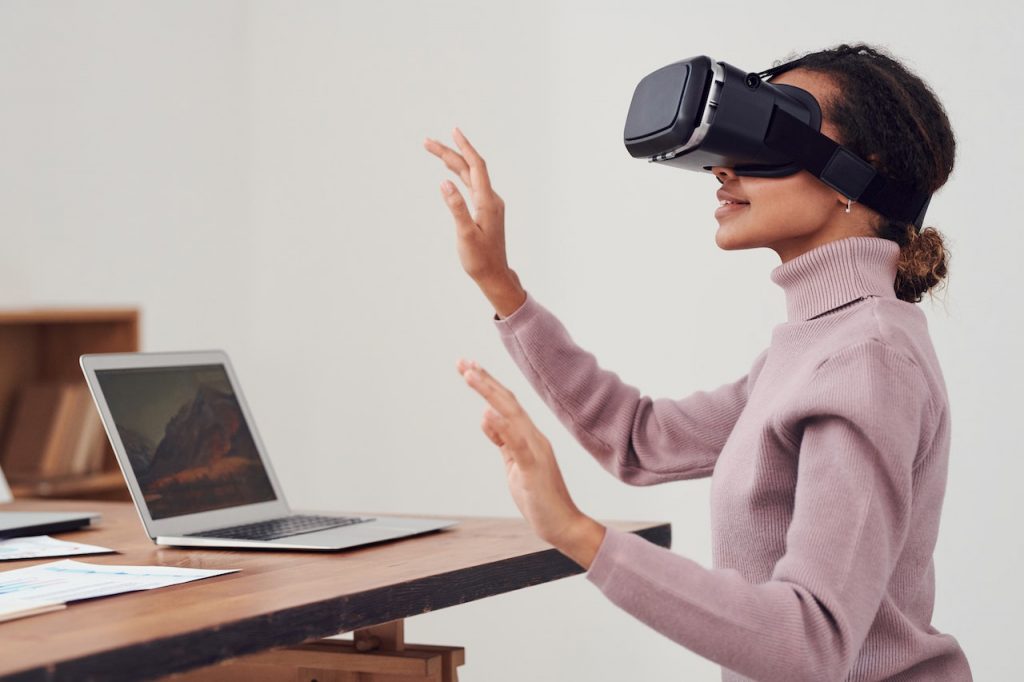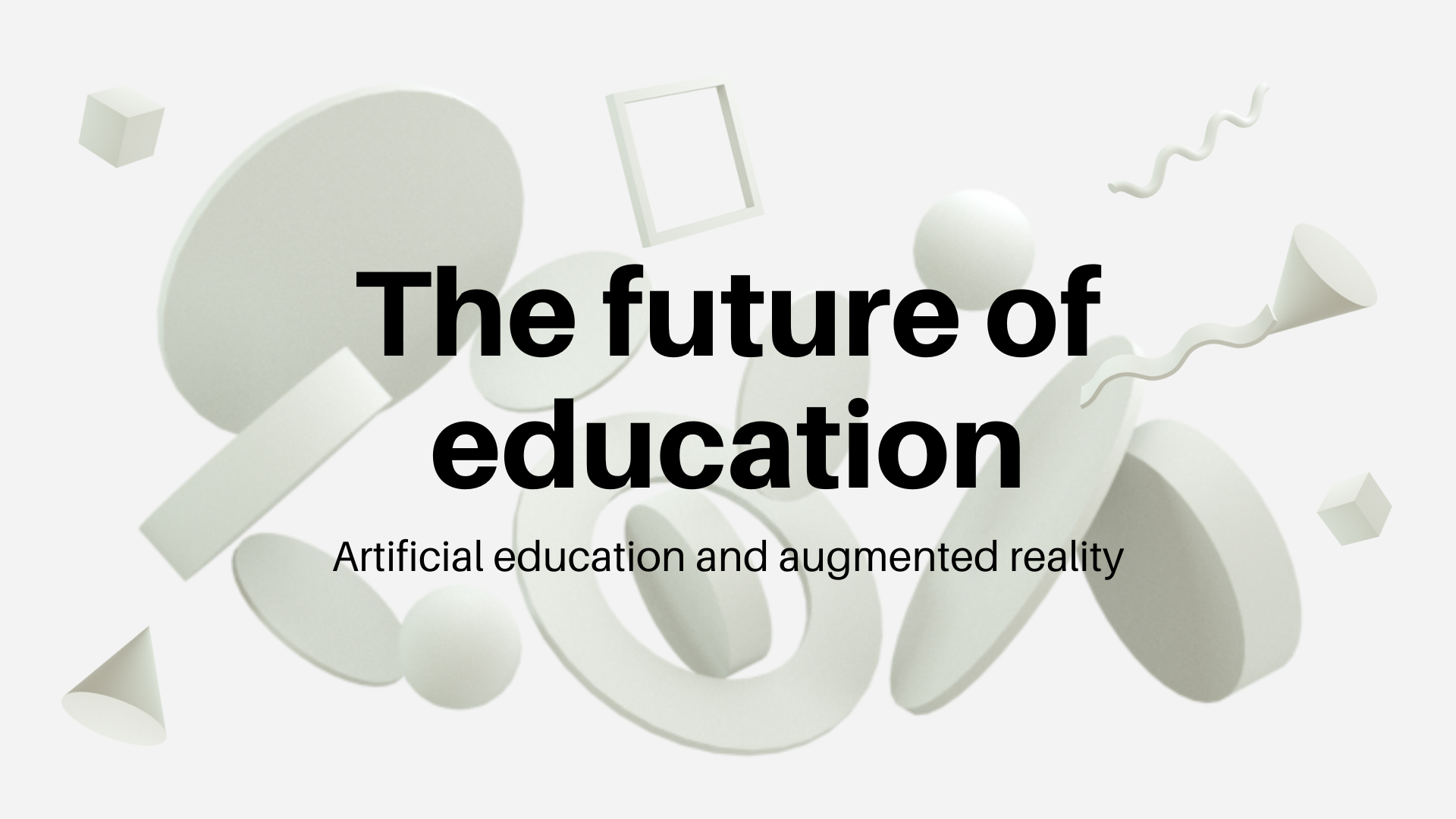Introduction
The importance of education in shaping the future Education is crucial for shaping our future. It is the foundation for personal, social, and economic growth and development. Through education, individuals gain the knowledge, skills, and values necessary to mark their personalities and become full members of society. Education provides individuals with the tools they need to think critically and make informed decisions, enabling them to contribute to improving their communities and the world. Furthermore, education is essential for promoting equality and addressing social and economic disparities. By providing access to quality education for all, regardless of their background or circumstances, we can help to level the playing field and create a more equitable and just society. For example, in some parts of the world, access to education is less accessible than in the rest of the world, which makes them zones where innovation is less pronounced. Education is a critical factor in driving economic growth and development. Educated individuals are better equipped to innovate, create, and solve complex problems, which is essential for economic progress. By investing in education, countries can improve their competitiveness and position themselves for success in the global economy.
On the other hand, Innovation is crucial for the education sector. In a rapidly changing world, it is essential for educational institutions to constantly evolve and adapt to keep up with the evolving needs of students and society.
One of the main reasons for the need for innovation in education is the rapid pace of technological change. With the increasing prevalence of technology in all aspects of life, educational institutions need to integrate technology into their teaching and learning processes to prepare students for the workforce and the challenges of the 21st century. This can include incorporating technology into the classroom, offering online courses, and using educational software and tools to enhance the learning experience. This is where tools like artificial intelligence, augmented reality, and virtual reality could come in and play a huge role. This article aims to provide some ideas on the future of our education.
The rise of artificial intelligence in education

The increasing use of AI in schools and universities is a growing trend that has the potential to transform the education sector. AI, or artificial intelligence, refers to the ability of computers and other machines to simulate human intelligence, including the ability to learn, reason, and make decisions.
In the education sector, AI is used in various ways. For example, AI-powered educational tools and software can help personalise students’ learning experiences, providing them with tailored content and feedback based on their individual needs and abilities. This can improve student engagement and achievement and provide valuable data and insights for teachers and administrators. it can also help support student achievement and ensure that each student receives instruction that is appropriate for their level.
Many startups are making their way in this sector with personalised content, but I don’t think we are there yet. We still need a lot of work to reach this level. Here at Ulife, we are also developing solutions to solve that problem, like ulife.school .
Another way AI is being used in education is by developing virtual assistants and tutoring systems. These systems can provide students with immediate feedback and support on their homework and assignments, helping them to overcome challenges and stay on track with their studies.
Additionally, AI is used in education to support administrative tasks and improve efficiency. For example, AI-powered systems can automate routine tasks such as grading papers and scheduling, freeing teachers and staff to focus on more meaningful and rewarding work. I recently went across a program called learnify that helps students to organise their learning programs with flip cards and agendas based on their syllabus. It was an exciting idea, but it was still not fully implemented.
Another benefit of AI-assisted learning is the ability to enhance student engagement. AI-powered educational tools and software can provide students with interactive and immersive learning experiences that are more engaging and enjoyable than traditional methods. This can help keep students interested and motivated and improve learning outcomes. a gamified solution could be more digestible than traditional school methods.
The potential of augmented reality and VR in education
How AR technology can enhance the learning experience
Augmented reality (AR) and virtual reality (VR) technology can potentially enhance the learning experience in several ways.

One of the main ways AR and VR technology can enhance learning is by providing students with interactive and immersive learning experiences. By using AR and VR, teachers can transport students to virtual environments, allowing them to explore and interact with different concepts and ideas in a way that is more engaging and enjoyable than traditional methods. This can help to improve student motivation and engagement and lead to better learning outcomes.
Another way AR and VR technology can enhance learning is by providing students with personalized instruction. Using AR and VR, teachers can provide students with tailored content and feedback based on their individual needs and abilities.
Additionally, AR and VR technology can be used to support a variety of teaching and learning approaches, including project-based learning, experiential learning, and problem-based learning. AR and VR technology can support various learning styles and help promote critical thinking and problem-solving skills by allowing students to explore and interact with different concepts and ideas in a virtual environment.
I believe AR and VR could be game changers for the next generation and help distribute education equally globally. Take, for example, a university in America compared to a university in Nigeria. The difference in equipment is vast and leads students in less equipped universities to limit their exploration of what they can have and achieve. The possibility of creating virtual labs and experiments will reduce the cost of building those materials and give the students and researchers infinite possibilities with their experiments and research because the resource is infinite.
Possible VR, AR-based educational tools and applications

There are many examples of AR-based and VR-based educational tools and applications. Some of the most common examples include:
- AR- and VR-powered educational games and simulations provide students with interactive and immersive learning experiences. These games and simulations can cover various subjects, from science and math to history and language arts.
- AR- and VR-powered virtual field trips allow students to explore different locations and environments without leaving the classroom. This can provide students with a more engaging and interactive learning experience and help bring the curriculum to life. It could be exciting to leave some historical events IRL.
- AR- and VR-powered educational tools and software provide students personalized instruction and feedback based on their individual needs and abilities. These tools and software can support a variety of teaching and learning approaches and help students learn new concepts, practice skills, and develop critical thinking and problem-solving abilities.
- AR- and VR-powered language learning tools provide students with interactive and immersive experiences for learning new languages. These tools can include virtual environments for practising speaking and listening skills and interactive games and simulations for learning vocabulary and grammar.
Challenges and concerns with the adoption of AI and AR in education
The adoption of AI, VR, and AR in education has the potential to transform the learning experience and support student success. However, several challenges and concerns must be considered when implementing these technologies in the classroom.
One of the main challenges with adopting AI, VR, and AR in education is the cost. These technologies can be expensive, and many schools and educational institutions may not have the budget or resources to invest in them. In addition, ongoing costs may be associated with maintaining and updating the technology, which can be a significant burden for schools and educational institutions. But hopefully, in the future, it could be affordable for everyone.
Another challenge with adopting AI, VR, and AR in education is the lack of teacher training and support. For these technologies to be effective, teachers must be trained to use them and integrate them into their teaching and learning practices. However, many teachers may not have the skills or knowledge to use these technologies effectively and may require additional training and support. It is not a huge problem, but a small aspect to consider when working on a solution serving that market.
Additionally, there are concerns about the ethical and social implications of using AI, VR, and AR in education. These technologies have the potential to be misused or abused, and there are concerns about privacy, bias, and other issues that need to be addressed to ensure that they are used responsibly and ethically.
Conclusion
If I have to conclude this article, I will say that the education niche is underserved regarding innovation. There is still a lot of space for ideas, exploration and exciting products. If you are here and also building an ed-tech company, let us know here

Leave a Reply